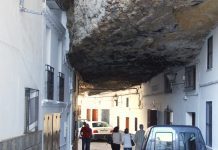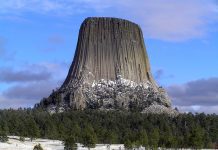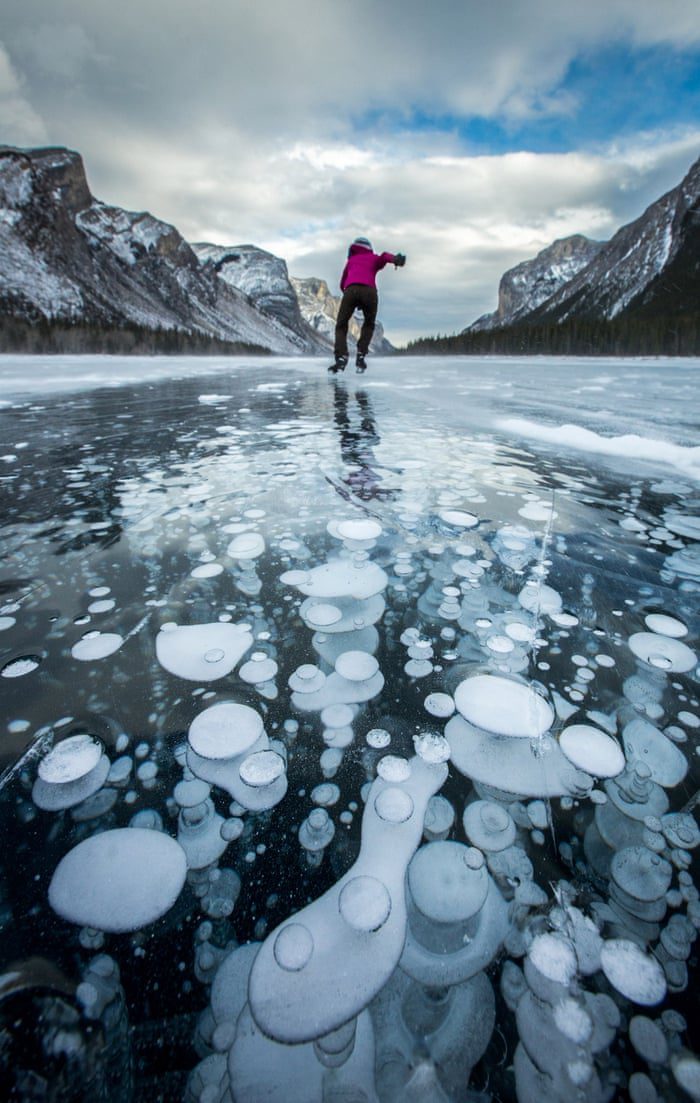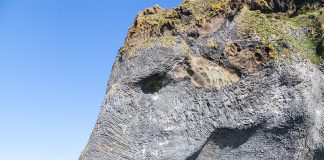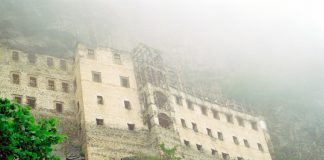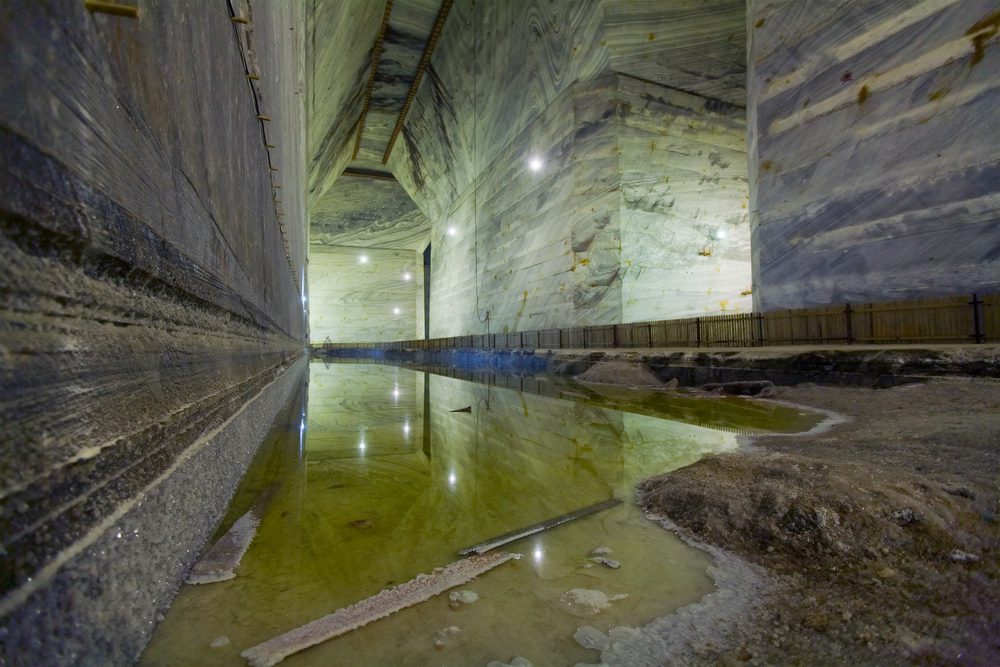
Introduction
The Slănic Salt Mine is a unique geological formation that offers a wealth of opportunities for geologists to study the tectonic and depositional processes that created this salt deposit.
From the halite veins to the sedimentary layers, the mine offers a glimpse into the earth’s history and the forces that shape our planet. Geologists can also study the impact of human activity on the mine, such as the effects of mining on the surrounding landscape.
Exploring the Depths of the Slănic Salt Mine
The Slănic Salt Mine is a vast underground labyrinth stretching over 300 meters below the surface. Geologists can study the various rock formations and the processes that formed them, such as the halite veins and the sedimentary layers.
The mine also offers a glimpse into the history of salt mining, with evidence of ancient mining activity dating back to the Dacian era.
Where Are The Salt Maines Located?
Slanic Salt Mine Map
They are located in the Valley of Prahova. The valley is a geographic region located in Romania, in Prahova County. It is known for its picturesque landscapes and natural beauty and for the rich history and cultural heritage of the area.
The valley is situated in the Carpathian Mountains and is surrounded by picturesque peaks and steep cliffs. The region is known for its natural resources, such as oil, natural gas, and of course, salt. The Slanic Salt Mine is located in the Valley of Prahova, which is one of the most important and largest salt mines in Europe.
The valley is also home to several historic towns and cities, such as Ploiesti and Campina, that offer a variety of tourist attractions and activities, such as museums, art galleries, and cultural events.
The Valley of Prahova is a popular destination among tourists. It offers a variety of outdoor activities, such as hiking, skiing, and adventure sports, as well as a range of spa resorts and wellness centers.
The Geology of the Slănic Salt Deposit
The Slănic Salt Deposit is a result of a complex geological history, including tectonic activity, sedimentation, and the evaporation of ancient seas. The deposit consists mainly of halite, with smaller amounts of other salt minerals such as sylvite and carnallite. The deposit is also unique in its tectonic formation, as it is situated in an area of tectonic inversion.
The Romanian History of Salt Mining in Slănic
Salt has been mined in Slănic for thousands of years, with evidence of ancient mining activity dating back to the Dacian era. The mine reached its peak of production in the 20th century, but mining activity has declined in recent years. The history of salt mining in Slănic offers a glimpse into the economic and cultural significance of salt throughout history.
A Historical Timeline Of The Unirea Salt Mine
- Prehistoric times: Salt mining activity in the area is believed to have started during prehistoric times, as evidence of ancient mining tools and techniques have been found in the mine.
- Dacian era: The Dacians, an ancient civilization that inhabited the region, are believed to have exploited the salt deposits in the mine for trade and domestic use.
- Middle Ages: The salt mines in the area were an important source of income for the local feudal lords and played a significant role in the region’s economy.
- 19th century: The mine was acquired by the Unirea Salt Company, which began large-scale exploitation of the salt deposit.
- Early 20th century: The mine reached its peak of production during this period, with salt being exported to other countries and used for various industrial and domestic purposes.
- Mid-20th century: The mine’s production began to decline due to decreasing demand and competition from other salt mines.
- Late 20th century: The mine was closed down due to financial difficulties, but it was later reopened for touristic purposes.
- 21st century: The mine continues to be a popular tourist destination, offering guided tours and various recreational activities for visitors.
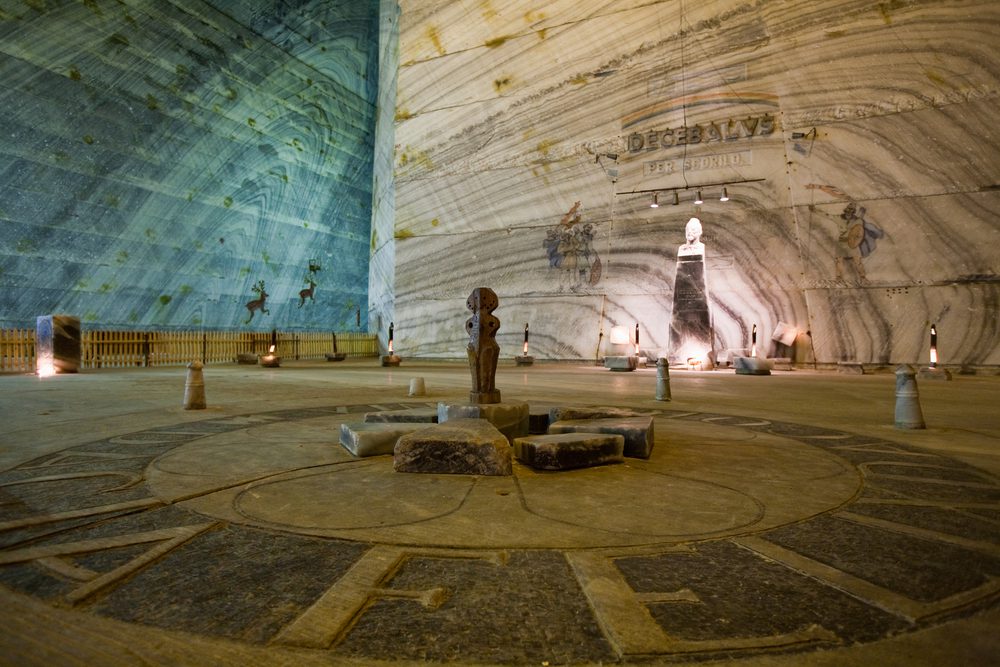
The geological formation of the Unirea Salt Mine
- The Unirea Salt Mine is located in the Transylvanian Basin, a large sedimentary basin in Romania.
- The mine is situated in an area of tectonic inversion, which is a rare occurrence in salt mining.
- The mine’s salt deposit is believed to have formed during the Miocene era as a result of the evaporation of a large saltwater lake.
- The salt deposit is composed mainly of halite (rock salt), and it is estimated to have a thickness of over 300 meters.
- The mine’s constant temperature and unique microclimate are the result of the geological formation of the deposit and the surrounding rock layers.
The Unusual Tectonic Formation of the Slănic Salt Mine
The Slanic Salt Mine is situated in an area of tectonic inversion, which makes the formation of this salt deposit unusual. The salt deposit is formed by the collision of two tectonic plates that caused the salt-rich sediments to be thrust up and over the non-salt layers. This tectonic activity also caused the formation of numerous faults and fractures, which have played an important role in the formation and preservation of the salt deposit.
The Role of Slănic Salt in Romania’s Economic Development
The Slănic Salt Mine has played a significant role in Romania’s economic development throughout history. Salt was an important commodity, and the mine provided jobs for the local community and generated revenue for the country.
Salt mining also contributed to the development of transportation and infrastructure in the area. Even though the mine is not in full production now, it still contributes to the economy through tourism and the sale of salt products.
The Impact of Salt Mining on the Slănic Landscape
Salt mining has had a significant impact on the landscape of the Slanic area. The mine has created large underground caverns and tunnels, altering the natural underground features. The extraction of salt has also caused the land above the mine to collapse in some areas, resulting in sinkholes.
Additionally, the removal of salt from the mine has caused the land above it to subside, forming unique landscapes such as salt mountains. The mine has also impacted the local hydrology, as the extraction of salt and the creation of underground cavities have caused changes in underground water flow.
The Unique Microclimate of the Slănic Salt Mine
The Slanic Salt Mine is known for its unique microclimate, which is characterized by a constant temperature of 18-20 degrees Celsius, high humidity of the air, and an atmospheric pressure of 18-20 mm mercury column.
This microclimate provides therapeutic benefits for those suffering from respiratory problems. The mine is also known to have a natural air-conditioning effect, thanks to the elements of the salt mass’s internal structure that maintain the air’s temperature and humidity.
The Constant Temperature of the Slanic Prahova Salt Mine
One of the unique features of the Slanic Prahova Salt Mine is the constant temperature throughout the year, which ranges from 18 to 20 degrees Celsius. This constant temperature has therapeutic effects on respiratory diseases and other health conditions. The mine’s constant temperature is maintained by the elements of the internal structure of the salt mass, which act as a natural air-conditioning system.
The Conservation Efforts for the Slănic Salt Mine
The Slanic Salt Mine is an important cultural and natural heritage site, and conservation efforts have been put in place to ensure its preservation. The mine’s unique microclimate and salt deposits have been studied by scientists to understand its impact on the environment and to find ways to preserve it.
The mine has also been designated as a tourist destination of national interest, and efforts have been made to make it more accessible to visitors while also ensuring its preservation.
The Potential for Future Exploitation of the Slănic Salt Deposit
The Slanic Salt Mine has a large salt deposit that still remains unexploited. While the mine is not currently in full production, the potential for future exploitation of the deposit is significant. The mine’s unique tectonic formation and large deposit size make it an attractive option for salt mining companies.
Additionally, the mine’s unique microclimate and potential for tourism and recreational activities make it a valuable resource for the local community and economy. The mine’s conservation efforts also ensure that any future exploitation is done sustainably and responsibly.
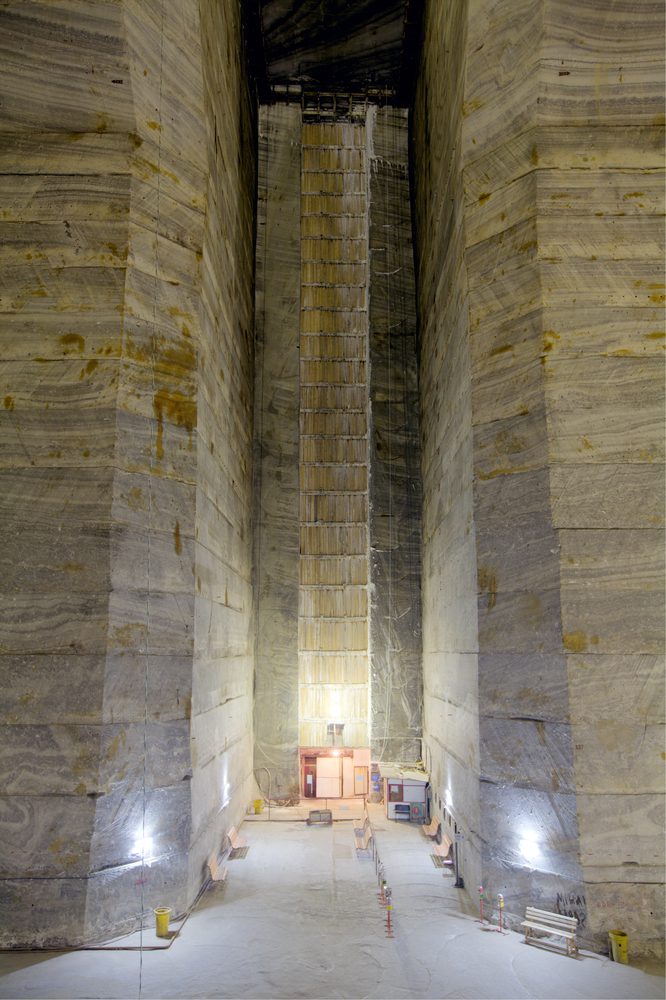
The Importance of Slănic Salt Mine in the Salt Industry
The Slanic Salt Mine is one of the oldest and most important salt mines in Romania and has played a significant role in the country’s salt industry throughout history. The mine has a large deposit of high-quality salt, and it has been a major salt source for domestic consumption and export. The mine’s unique tectonic formation, large deposit size, and constant temperature also make it an attractive option for salt mining companies.
The Connection Between Unirea Salt Mine and the Salt Mines of Hallstatt
The Unirea Salt Mine in Slanic, Romania, is connected to the salt mines of Hallstatt, Austria, through the similarities in their tectonic formation, the presence of salt deposits, and the history of salt exploitation. The Unirea Salt Mine and the Hallstatt mines are both situated in areas of tectonic inversion, which is a rare occurrence in salt mining.
Additionally, the mines of Hallstatt are considered one of the oldest and most important salt mines in the world, and they share a similar history of exploitation with the Unirea mine.
The Relationship Between Slanic Salt Mine and Transylvanian Basin
The Slanic Salt Mine is located in the Transylvanian Basin, which is a large sedimentary basin in Romania. The basin is characterized by the presence of salt deposits and oil and gas fields, and it is an important economic resource for the country.
The Transylvanian Basin is also known for its rich history and culture, and the Slanic Salt Mine is an important part of that heritage. The mine’s location in the basin also means that it is strategically located for transportation and access to other resources in the area.
The Role of Slanic Salt Mine in Preserving the Natural and Cultural Heritage
The Slanic Salt Mine has played an important role in preserving the natural and cultural heritage of the area. The mine has a unique microclimate and salt deposit that is of scientific and ecological importance.
The mine also has a rich history of human activity, including ancient mining activity dating back to the Dacian era, and it offers a glimpse into the cultural and economic significance of salt throughout history.
The mine is also designated as a tourist destination of national interest, and it plays an important role in preserving the area’s cultural heritage by allowing visitors to explore and learn about the mine’s history and cultural significance. The mine’s conservation efforts also ensure that it is preserved for future generations to enjoy and appreciate.
The Challenges and Opportunities of the Slanic Salt Mine in the 21st Century
The Slanic Salt Mine faces several challenges in the 21st century, including declining production, high operational costs, and competition from other salt mines.
However, the mine also offers many opportunities for the future, such as the potential for future exploitation of the salt deposit, the development of tourism and recreational activities, and the potential for the mine to be used as a training ground and venue for various sports events.
The mine also offers a unique opportunity to study the unique microclimate and the tectonic formation of the salt deposit. The mine also has the potential to be a recognized destination for those seeking therapeutic effects of the saline air microclimate and treatment of respiratory diseases.
Tourist Activities At Slanic Prahova Salt Mine
5 Activities At Slanic Prahova Salt Mine That People Can Do
- Guided tours of the mine: Visitors can take a guided tour of the mine, which will take them through the underground salt mines and provide them with a detailed understanding of the mine’s history, geology, and mining methods.
- Salt Museum: Visitors can also visit the mine’s salt museum, which provides an overview of the history of salt mining in the region and the importance of salt in the local economy and culture.
- Sports and Recreational Activities: Visitors can engage in a variety of sports and recreational activities at the mine, such as soccer, volleyball, and tennis. The mine also features sports fields and children’s playgrounds for visitors to enjoy.
- Places of Interest nearby: Visitors can also explore the nearby Valea Verde climatic resort, which is known for its curative mineral waters and therapeutic effects on respiratory problems.
- Wine Tasting: Visitors can also indulge in a wine-tasting experience at the mine, where they can sample wines from the local wineries and learn about the wine-making process.
The Slanic Prahova Salt Mine offers a variety of touristic activities for visitors to enjoy. The mine’s constant temperature and unique microclimate provide a unique and comfortable environment for visitors. Visitors can take guided tours of the mine, explore the underground salt mines and visit the salt museum.
The mine also offers various sports and recreational activities, such as sports fields and children’s playgrounds, and places of interest nearby, such as shepherd’s lake, season spa resort, and the Valea Verde climatic resort. The mine also offers special activities such as wine tasting and tennis or table tennis.
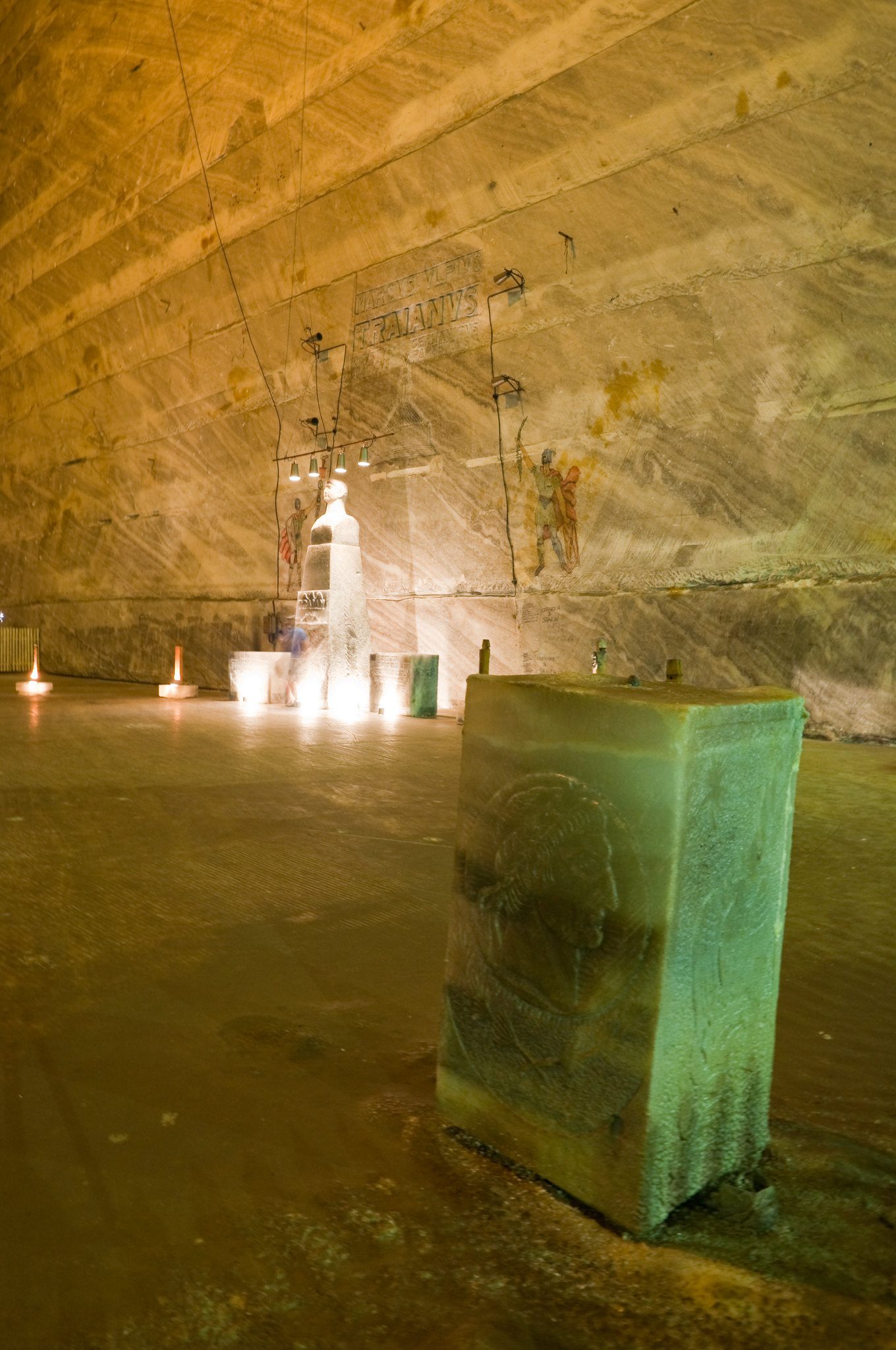
The Sports Fields and Children’s Playgrounds at the Slanic Salt Mine
The Slanic Salt Mine offers a variety of sports and recreational activities for visitors to enjoy. The mine features sports fields and children’s playgrounds, allowing visitors to engage in physical activities while visiting the mine.
The mine also offers a soccer field and volleyball courts, making it ideal for sports teams to train and hold athletic competitions. The mine also has a green lake, which is a perfect place for visitors to relax and enjoy the unique microclimate of the mine.
Places Of Interest Near The Slanic Salt Mine in Prahova County
5 Locations Near The Slanic Salt Mines
- Valea Verde climatic resort: The Valea Verde climatic resort is located near the Slanic Salt Mine and is known for its curative mineral waters and therapeutic effects on respiratory problems. The resort features trapezoidal rooms, a variety of sports and recreational activities, and a lack of allergenic agents in the air, making it a perfect place for visitors to relax and unwind.
- Targu Ocna: A historic town located near the mine, known for its beautiful Orthodox churches and traditional architecture. Visitors can also enjoy a variety of outdoor activities, such as hiking and skiing in the surrounding mountains.
- Wine Tasting: Several wineries are located near the mine, offering visitors the opportunity to taste some of the region’s finest wines and learn about the local wine-making traditions.
- Valea Verde: A beautiful valley located near the mine, which is known for its natural beauty, and it’s a perfect place for visitors to enjoy hiking, swimming, and other outdoor activities.
- Baia Verde: A popular tourist destination located near the mine, where visitors can enjoy the beauty of nature and indulge in outdoor activities such as hiking, swimming, and horse riding.
People Also Ask
How Deep is the Slanic Salt Mine?
The Slanic Salt Mine is one of the deepest salt mines in the world, with some parts of the mine reaching a depth of over 300 meters. The mine’s depth and size make it one of the most spectacular salt mines, and it offers visitors the opportunity to explore the depths of the earth and understand the geological processes that created the mine.
What is the Largest Salt Mine in the World?
The largest salt mine in the world is the Sifto Salt Mine, located in Goderich, Ontario, Canada. The mine is operated by Sifto Canada and is the largest underground salt mine in the world, covering an area of over 2,500 acres.
What is the Largest Salt Mine in Europe?
The largest salt mine in Europe is the Khewra Salt Mine in Pakistan. The mine is operated by the Pakistan Mineral Development Corporation and is the second-largest salt mine in the world, covering an area of about 110 square kilometers.
What Are The 5 Largest Salt Mines In The World
- Sifto Salt Mine, Canada: The Sifto Salt Mine is located in Goderich, Ontario, Canada, and it is the largest underground salt mine in the world, covering an area of over 2,500 acres.
- Khewra Salt Mine, Pakistan: The Khewra Salt Mine is located in Pakistan, and it is the second-largest salt mine in the world, covering an area of about 110 square kilometers.
- Wieliczka Salt Mine, Poland: The Wieliczka Salt Mine is located in Poland, and it is one of the oldest operating salt mines in the world, with a history dating back to the 13th century.
- Halite mine, USA: The Halite mine is located in the state of Kansas, USA, and is the fourth-largest salt mine in the world, covering an area of 1,800 acres.
- The salt mine in Russia: Russia has several salt mines, which are among the largest in the world. The main mines are located in Solikamsk, Usolie-Sibirskoe, and Berezniki. They are considered the fifth largest salt mines in the world.
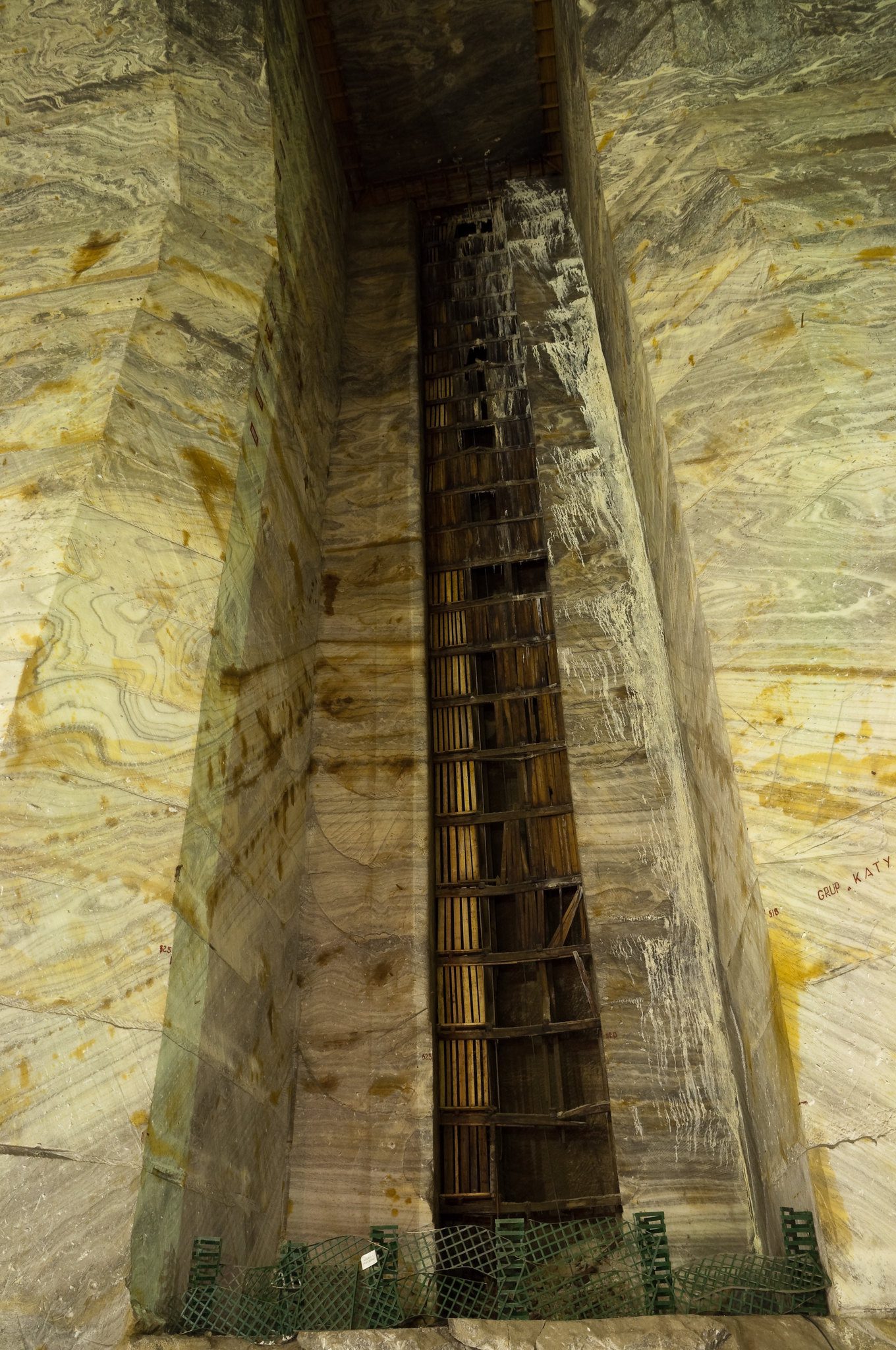
Are There Toilets at the Salt Mines?
Most modern salt mines have basic amenities such as toilets for the convenience of visitors and workers. The Slanic Salt Mine also has toilets available for visitors. However, it’s always recommended to check with the mine’s management before visiting.
Where is the oldest salt mine in the world located?
The oldest salt mine in the world is believed to be the Hallstatt Salt Mine in Austria, which has been in operation since prehistoric times. The mine has been an important source of salt for the region for thousands of years and is considered one of the oldest and most important salt mines in the world.
Resources
Slanic Prahova, Salt mine – Romanian Monasteries – The website is an online resource that provides information about the Slanic Prahova Salt Mine, also known as the Salina Unirea Salt Mine. It is one of the largest and most important salt mines in Europe, and it is located in the Valley of Prahova, Romania.
The website provides a brief history of the mine and details about the salt deposit, which is estimated to have a thickness of over 300 meters and is mainly composed of halite (rock salt). The website also highlights the touristic activities available at the mine, such as guided tours of the mine, Salt Museum, and sports and recreational activities such as soccer, volleyball, and tennis.
The website also provides information about the nearby Valea Verde climatic resort, which is known for its curative mineral waters and therapeutic effects on respiratory problems.
Slănic mine – Wikipedia – The website is a Wikipedia page that provides information about the Slanic mine, also known as the Salina Unirea mine, which is located in the Valley of Prahova, Romania. According to the page, the mine is considered one of the largest salt mines in Europe, and it has a history dating back to prehistoric times and the Dacian era.
The page provides details about the mine’s geology, the salt deposit is believed to have formed during the Miocene era as a result of the evaporation of a large saltwater lake, and the mine’s unique microclimate and constant temperature are a result of the geological formation of the deposit and the surrounding rock layers.
The page also highlights the mine’s history of exploitation, from the 19th century when it was acquired by the Unirea Salt Company to the 21st century when it continues to be a popular tourist destination.
The page also provides information about the mine’s touristic activities and the nearby Valea Verde climatic resort. The Wikipedia page also provides references and external links that can be used to further research the topic.






































